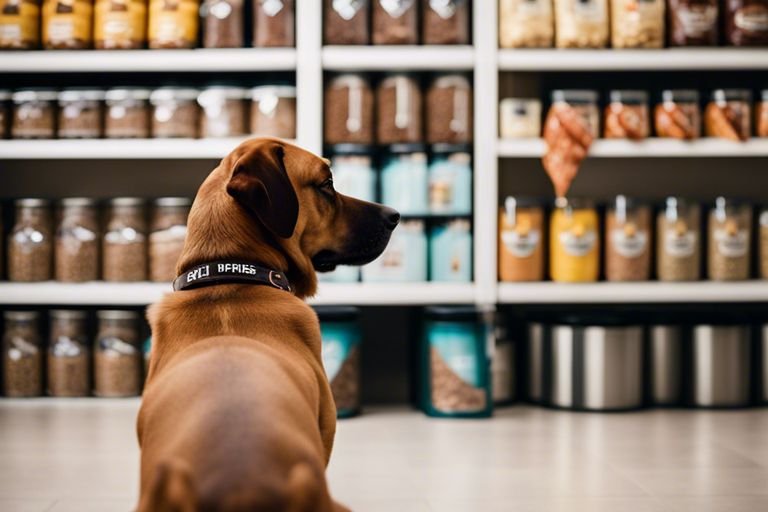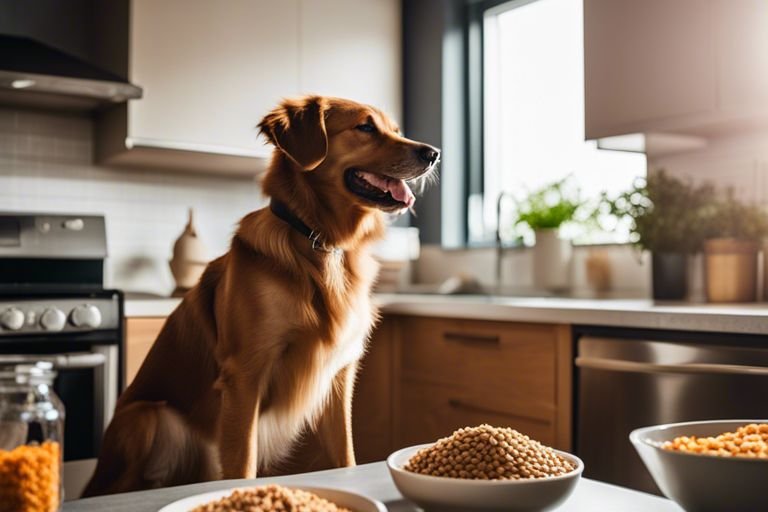In-Depth Guide On How To Master Off-Leash Training For Dogs

Guide yourself through the journey of mastering off-leash training for your beloved canine companion. In this comprehensive guide, you will discover important tips and techniques to help you build a strong bond with your dog while ensuring their safety and obedience off-leash. By following these expert strategies, you will pave the way for successful off-leash adventures with your furry friend.
Key Takeaways:
- Consistency in training: Consistency is vital to effective off-leash training for dogs. A continuous schedule of training sessions is needed to reinforce positive behavior.
- Commence with a controlled environment: For the initial phases, start at home or any other enclosed place where there are minimal disturbances and risks associated.
- Use constructive reinforcement: Treats, praise and petting may be used as forms of rewards when your dog behaves well outside the leash. This encourages positive action through motivation.
- Recall commands should be practiced: The foundation of every dog’s obedience training involves teaching it to respond promptly to “come” command whilst off-leash. As the dog becomes more accustomed to this, you could begin challenging its recall ability by increasing distance between you two.
- Off-Leash Training Takes Patience And Persistence: Patiently study and practice until one day you realize that your animal follows each command without hesitation and never gets away far from sight when being trained off its leash anymore. Be patient towards the animal keeping calm and consistently working on establishing trustful relationship based on mutual understanding with it.
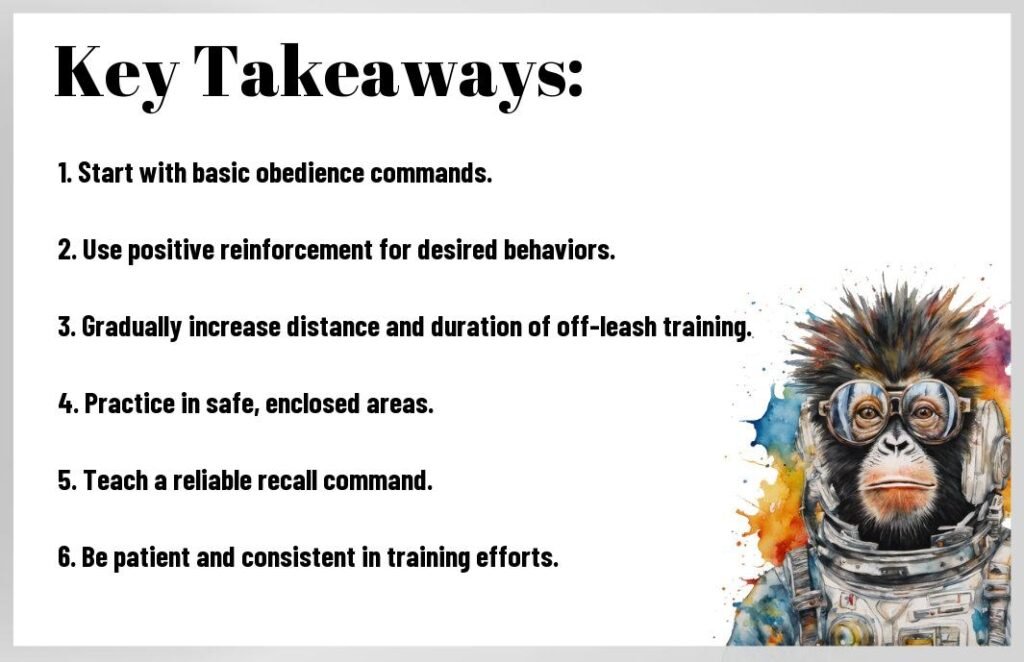
Laying a Base
Building Trust With Your Dog
The first step in preparing a program of off-leash training is building trust in our furry pets. Dogs need confidence that their owners are their true leaders since they rely on them completely throughout their lives. Some examples include spending quality time playing together or performing simple tasks such as training obedience etc. Consistency, patience and positive reinforcement are essential in developing trustful relationships.
Establishing Clear Communication
In fact, clear communication is important in off-leash training. Dogs must understand what is demanded of them using signals from their owners. Use clear and consistent commands, body language, and tone to communicate your expectations to your dog. Your commands should not be misleading or confusing to avoid mistakes on the dog’s side. With open lines of communication you will effectively lead the dog off leash as well as love it even more.
For example, when teaching your dog to come off leash when called by name, use a simple command such as “Come” coupled with positive reinforcement for each right response like praise or some treats. Therefore, never use the same phrase under different circumstances or situations which can confuse an animal! This way your pet will know what is expected of him/her through consistency in your requests thus guiding them into good behavior while obediently following the rules that were set beforehand.
Getting Ready for Off-Leash Training
There are a few things that you need to do before starting off-leash training with your pup if you want this process to go smoothly. These preparations are discussed in this chapter and will guide you through the journey ahead.
Choosing the Right Equipment
On your quest for off-leash mastery, selecting the right equipment is crucial. A sturdy collar or harness, a reliable leash for initial training exercises, and high-quality treats for positive reinforcement are important tools in your training arsenal. Look for a collar or harness that fits comfortably and securely on your dog, ensuring they are safe and at ease during training sessions.
Choosing the Perfect Training Venue
The choice of a suitable training venue is very important in your off leash training attempts. Go for quiet, confined areas like fenced yards or empty fields that prevent distraction and guarantee your dog’s safety. A controlled setting enables you to create a strong bond with your pooch while carrying out commands without disruptions. The amount of activity in the region and the presence of other dogs or human beings should be considered when selecting a training site. You can make an ideal space for effective off leash training by simply selecting a calm secure location.
Setting Realistic Goals and Expectations
Selecting realistic goals and expectations is paramount as you venture into off-leash training. Rome wasn’t built in a day, and your dog won’t become an off-leash pro overnight. Start with achievable milestones, such as mastering basic commands like ‘sit’ and ‘stay’ off-leash before progressing to more advanced skills. Do not forget, consistency, patience, and positive reinforcement are key to success in off-leash training. Expectations play a crucial role in your off-leash training journey. Be prepared for setbacks and challenges along the way, as they are a natural part of the learning process. Celebrate small victories and progress, no matter how minor, and stay committed to your training regimen. By setting realistic expectations and staying dedicated to your goals, you and your pup can achieve off-leash harmony in due time.
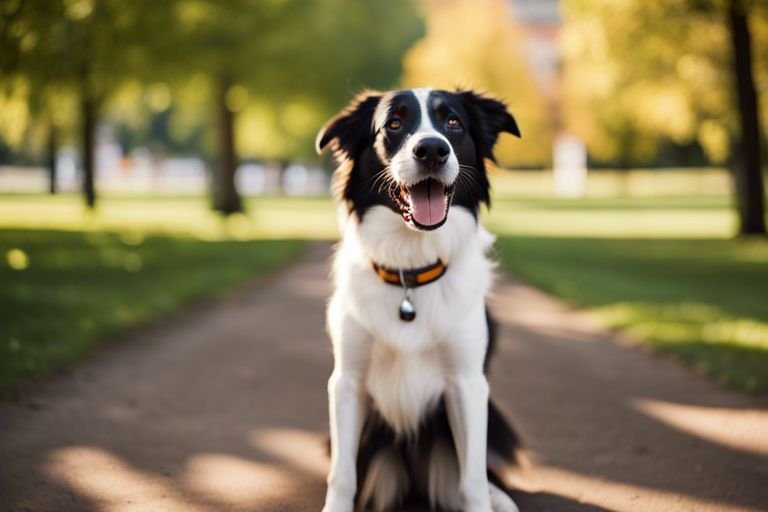
Basic Obedience Commands
For an in-depth guide on mastering off-leash training for your dog, it’s crucial to start with basic obedience commands. These commands form the foundation for successful off-leash training. To learn more about teaching your dog to walk off-leash, check out Teaching Off-Leash Walking – Shop LP for valuable insights.
Recall: The Most Important Command
One critical command used for off leash training is recall command which teaches dogs to quickly come back to their owners upon call. This is very important when you are off leash and in open ground so as to ensure your dog is kept safe and under control.
Heel: Walking by Your Side
The “heel” command helps you instruct your dog to walk beside you without pulling the leash.This instruction plays a significant role in teaching your canine on how to be obedient towards walking freely, which in turns creates an unbreakable bond between a person and his/her pet.It also makes this process of training safe during walks and instills proper leash manners.
For example, when starting heel with your dog, begin in low distractions environment and slowly introduce more as he improves. Treats or praise for nice walking right next to you can always be used as reinforcement based method of training.
Stay: Teaching Impulse Control
With the ‘stay’ command, you can teach your dog impulse control and patience, which are crucial for off-leash situations. This command helps your dog learn to stay in one place until released, even when faced with distractions or temptations.
Heel, stay, and recall are crucial basic obedience commands that lay the groundwork for successful off-leash training. Practice these commands regularly in different environments to reinforce your dog’s training and ensure reliable off-leash behavior.
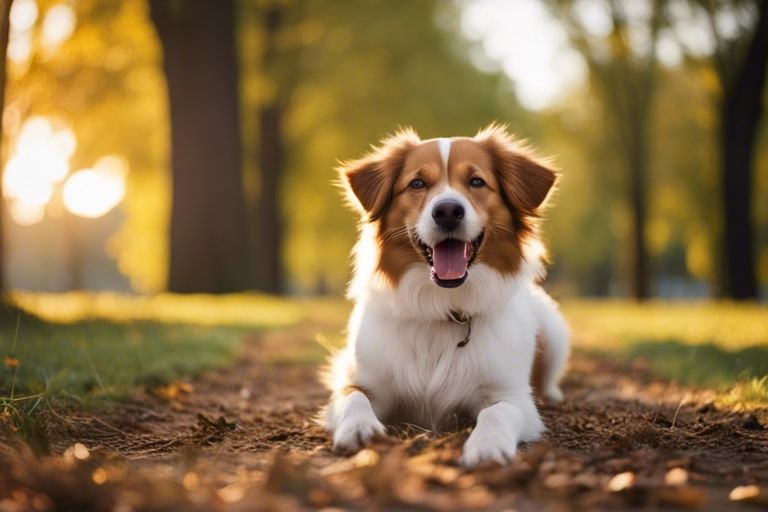
Advanced Training Techniques
Despite mastering the basics of off-leash training, there are advanced techniques that will take your dog’s training to the next level. Here are some advanced training techniques to help you and your furry friend reach new heights:
- Distance Work: Gradually Increasing Freedom
- Distractions and Interruptions: Real-Life Scenarios
- Problem-Solving Strategies for Common Issues
Increasing Freedom Gradually: Distance Work
Gradual increase in distance from your dog while keeping control and obedience is what off-leash advanced training entails. Begin by practicing in an enclosed area then gradually move away as Fido masters commands like recall and stay. Use spoken cues or signals given by hand at great distances among other things to reinforce prior trainings though.
Real-Life Scenarios: Interruptions And Distractions
Gradually introduce distractions and interruptions during off-leash training to simulate real-life scenarios. Start with mild distractions such as toys or other friendly dogs, then progress to more challenging situations like squirrels or food. Teach your dog to focus on you amidst distractions by using high-value treats and consistent commands. Do not forget, patience is key as your dog learns to ignore distractions and stay focused on you. Training your dog to navigate distractions and interruptions is crucial for off-leash success. Real-life scenarios can be unpredictable, so preparing your dog to remain responsive in various situations is vital. With consistent training and positive reinforcement, your dog will learn to focus on you even when surrounded by distractions.
What Can I Do For Us To Solve Some Common Problems?
On such occasions, work on strategies for solving common problems that may arise during off leash training. Whether your pet ignores orders, gets too excited or shows unwanted behavior, having a plan will help you deal with these problems effectively. The first step should be to identify the root cause of the problem and handle it head on using your own unique training approach. However, the distractions and interruptions inherent in off-leash training can still be dealt with adequately. By gradually increasing your dog’s exposure to distractions and training them to focus on you, you’ll build a strong foundation for off-leash success. In mastering advanced off-leash training techniques, remember that consistency is key.
Dealing with Common Challenges
Emotional Barriers: Fear And Anxiety
To overcome fear and anxiety in your dog during off leash training, you need to create a safe and trusting environment. Start by gradually introducing off leash situations in familiar surroundings where your dog feels comfortable. Use positive reinforcement such as giving treats or praise to help build trust as well as confidence. If signs of fear or anxiety such as cowering or heavy panting are detected from your pet, take a step back and slow down the training process. With time though, dogs can learn how to control their emotions.
Managing Energy Levels: Hyperactivity And Excitement
Hyperactivity and excitement are common challenges when it comes to training for off leash freedom especially if they tend towards hyperactivity and excitement. As such engage in regular high intensity physical exercises like long walks or play sessions before commencing an off-leash session. Additionally mental stimulation through puzzle toys or training games will help maintain focus in addition to channeling excess energy into positive activities. Lastly consider incorporating impulse control exercises that teach self-control besides focusing during trainings sessions for your pet doggie buddy.
Moreover, it is essential to instill calmness in dogs during training. Teach your dog to be calm and restrained by giving him rewards which should be increased gradually over time after the desired behavior has been adopted.
Environmental Factors: Adjusting to New Environments
The dynamics of energy change when a dog is exposed to a new environment; this poses challenges in off-leash training. To do so successfully, start with quiet and controlled surroundings before proceeding with more noise and excitement. Gradually introduce distractions into the training area so that your pooch can listen up and execute as you move closer or further away from his attention point every day. Realize that there will be different challenges in every fresh situation because one dog may learn faster than another due to an individual’s character varying from one location to another; thus, being patient and consistent in all the training conducted.
Exercise your dog’s obedience commands among other areas such as parks, streets or even inside buildings so that he learns how to generalize them across different environments.
Adapting to new environments takes time and practice. Be patient with your canine friend, celebrating each small milestone along the way. Expect hiccups along the path of learning but understand that they are part of it too; you need not worry much just make sure you support your pet throughout its entire training experience.
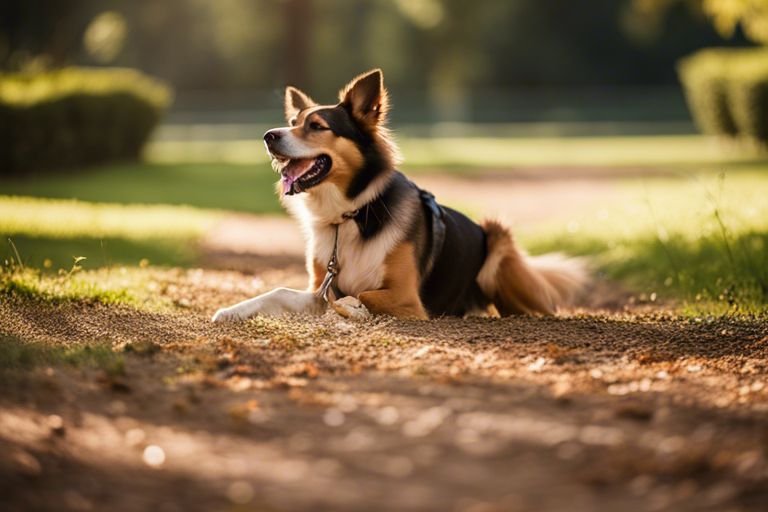
Maintaining Progress and Preventing Regression
So now going on with off-leash training what becomes crucial is keeping track of our achievements while avoiding backward steps in our pets’ behavior. Regularity, routine are considered paramount factors for dogs under off-leash commands since they will always respond positively towards such calls as long as these situations are kept constant.
Consistency and Routine: The Key to Success
A critical element for maintaining progress when engaging a dog for instructions when not leashing it is having consistency with respect to schedule or daily undertakings. Your furry friend likes predictability hence remember that these classes should be conducted regularly. A time slot on daily basis for training that follows a specific pattern which your dog learns to rely on must be allocated. Sticking to the schedule will help in cementing what you have taught your pet and preventing any backsliding, be it practicing recall at the park or reinforcing good behavior at home.
Reinforcing Good Behavior: Positive Reinforcement
Routine positive reinforcement is another crucial aspect of maintaining progress in off-leash training. Each time your dog responds correctly to a command off-leash, make sure to reward them with treats, praise, or playtime. This positive reinforcement helps to strengthen the desired behavior, making it more likely for your dog to repeat it in the future. Consistently rewarding good behavior will keep your dog motivated and engaged during training sessions, ultimately helping you achieve long-term success in off-leash training. Preventing regression and ensuring continued progress in off-leash training also involves avoiding common mistakes that can hinder your dog’s learning and behavior. By being aware of these pitfalls, you can proactively address them and stay on the path to success.
Avoiding Common Mistakes: Pitfalls to Watch Out For
Preventing regression in off-leash training means being mindful of common mistakes that can derail your progress. These include inconsistency in training methods, skipping or rushing steps in the training process, and failing to provide adequate positive reinforcement for good behavior. Addressing these pitfalls early on can help you maintain the progress you’ve made and prevent setbacks in your dog’s training. Plus, understanding your dog’s individual needs and adjusting your training approach accordingly can also help you avoid common pitfalls. By staying attuned to your dog’s behavior and progress, you can tailor your training methods to suit their personality and learning style, setting both you and your furry friend up for success in off-leash training.
Final Words
Conclusively, mastering off-leash training for your dog is a rewarding journey that requires patience, consistency, and dedication. By understanding your dog’s behavior, building a strong foundation of obedience commands, and gradually transitioning to off-leash training in a controlled environment, you can ensure a harmonious and enjoyable off-leash experience with your furry best friend. Remember to always prioritize safety and continue reinforcing positive behaviors through praise and rewards. With time and practice, you and your dog can become a successful off-leash duo, enjoying the freedom and bond that comes with this advanced level of training.
FAQ
Q: What is off-leash training for dogs?
A: Off-leash training for dogs is teaching a dog to respond to commands and cues without the use of a leash, allowing them more freedom and independence while still maintaining control and safety.
Q: Is off-leash training suitable for all dogs?
A: Off-leash training is best suited for dogs that have a solid foundation in basic obedience training and have good recall skills. It may not be suitable for dogs that are easily distracted, have behavior issues, or are not yet fully trained.
Q: How can I start off-leash training with my dog?
A: To start off-leash training, begin by practicing basic obedience commands in a controlled environment with minimal distractions. Gradually increase the level of difficulty and distractions as your dog becomes more reliable in responding to commands.
Q: What are some tips for successful off-leash training?
A: Some tips for successful off-leash training include using high-value treats or rewards, practicing consistency in commands and expectations, gradually increasing distance and duration of off-leash sessions, and always ensuring your dog’s safety and well-being.
Q: How do I address challenges or setbacks in off-leash training?
A: When facing challenges or setbacks in off-leash training, remain patient and consistent in your training efforts. Identify the root cause of the issue, seek professional help if needed, and adjust your training approach or environment accordingly to help your dog succeed.

